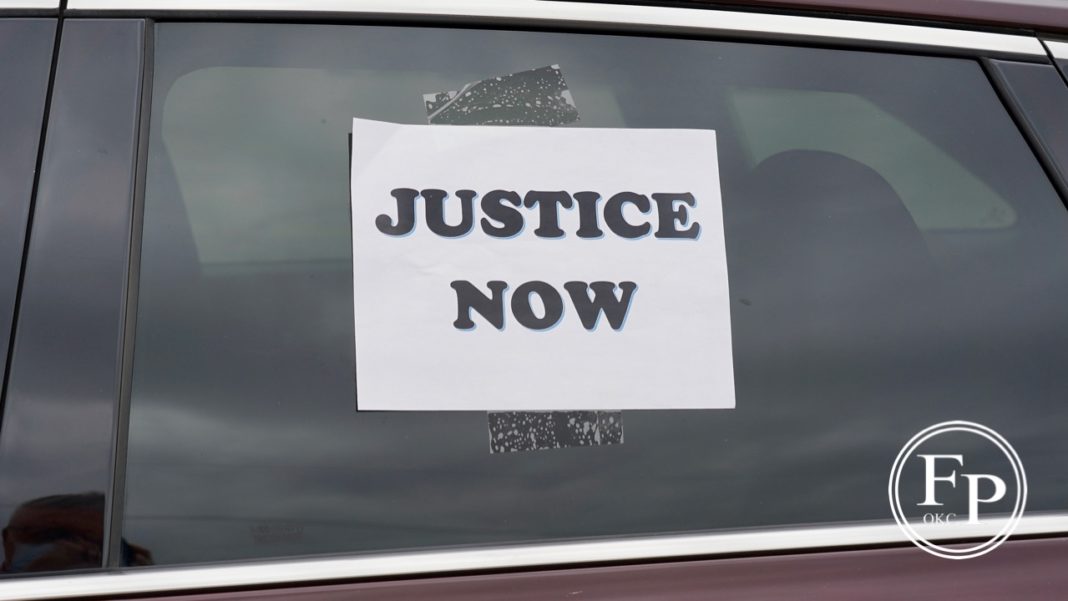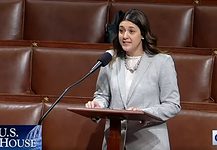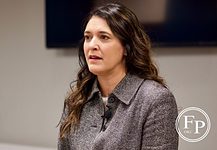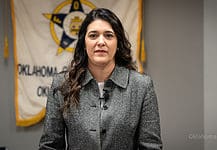Last Updated on May 13, 2020, 7:02 AM | Published: May 13, 2020
The killing of Ahmaud Arbery in Georgia two months ago is one more case of a broken system in which each level of criminal justice fails people of color. It happens all the time in nearly every city in America and, in all likelihood, it is happening now in Oklahoma City.
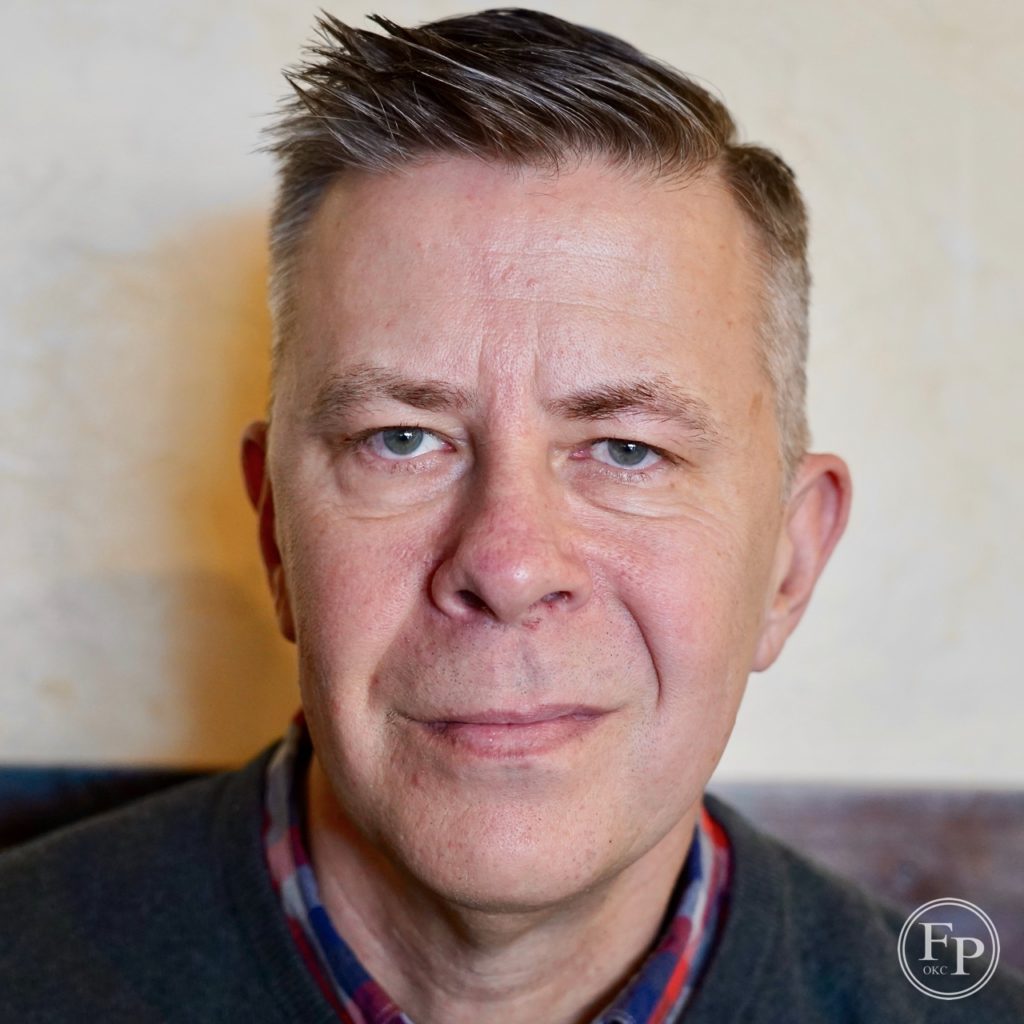
Opinion
From George Lang, our lead opinion columnist
Arbery, 25, was allegedly killed by a father and son, Gregory and Travis McMichael, when Arbery jogged through their neighborhood. The crime only received due attention and action after a criminal defense lawyer posted a video of the killing online.
As a former police officer, Gregory McMichael probably thought he could get away with the crime, which was captured by a witness on a smartphone. Of course he did — his state, like Oklahoma, has a history of meting out unequal justice.
As Arbery’s story came to light and made national news this month, the nation learned of an African-American Emergency Medical Technician (EMT) in Louisville, Kentucky who was shot eight times by Louisville police officers. Breonna Taylor was also 25 years old and did not have a criminal record. Louisville PD claimed they had a search warrant as part of a narcotics investigation.
Of course, no drugs were found on the premises.
This is why about 50 cars filled with protesters showed up Sunday afternoon for a socially distanced protest at NE 36th Street and Kelly Avenue. Signs in their windows were printed with a simple request: “Stop Killing Us.” Later, as the protest culminated with a rally at Nappy Roots Books, Black Live Matter OKC leader Rev. Sheri Dickerson led the crowd as they chanted those words.
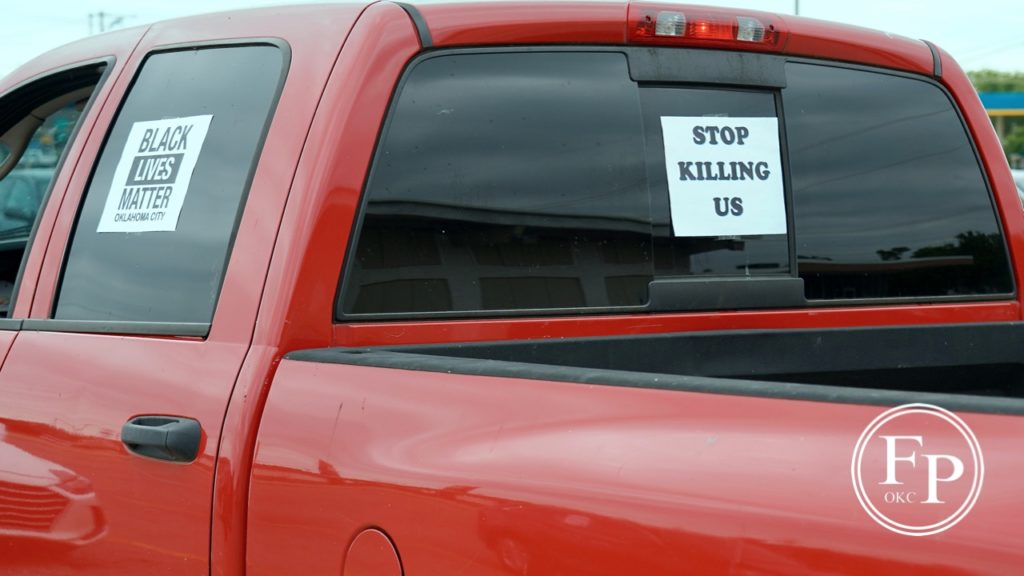
The protest was not simply justified — it was an emergency response. It was only a year ago that 17-year-old Isaiah Lewis was shot four times by Edmond Police when he reportedly “flipped out” and showed up at his girlfriend’s house, naked and confused.
It was only eight months ago that Oklahoma County district attorney David Prater released a statement saying “I do not find probable cause to charge either Sgt. Milo Box or Officer Denton Scherman with a criminal act.”
A community does not heal easily following a killing and a subsequent act of denied justice.
When Lewis was killed, I and many others thought the same thing: if Lewis were white, police would have tried to intervene, to talk him down, to take him to the emergency room instead of the morgue. Rather than take protective measures with Lewis, they shot him four times: in the face, thighs and groin.
It is also unlikely, if Lewis were white, that local media outlets would breathlessly report on his toxicology, which consisted entirely of Benadryl and THC, both of which are legal and make you sleepy.
Injustice for anybody is injustice for everybody. There should have been concurrent protest drives through downtown Edmond, through Nichols Hills and through Midtown. This is not a societal failing that is owned or should only be addressed by one group or one demographic.
Oklahoma Citians often proudly lay claim to an “Oklahoma standard” of community response and selflessness, but it is a standard that is not always equitably applied.
In the Arbery case, Glynn County, Georgia district attorney George Barnhill declared in a February letter to police that the McMichaels “were following, in ‘hot pursuit,’ a burglary suspect, with solid firsthand probable cause.” When Barnhill’s pro-McMichaels description of the event did not match what was captured on video, it no doubt resonated with Oklahomans still grieving the death of Isaiah Lewis and the justice that was denied him.
Oklahoma City is much more integrated than it used to be and is better for it, and yet the biggest cliche on the godawful social media app Nextdoor is when someone describes a “suspicious-looking teenager” walking down their street. Everyone on the app knows that “suspicious-looking” is code for race, and I read one of those messages at least once a week.
As long as those attitudes exist, there will be a need for people to stand up and say, “Stop Killing Us.”
George Lang has worked as an award-winning professional journalist in Oklahoma City for over 25 years and is the professional opinion columnist for Free Press. His work has been published in a number of local publications covering a wide range of subjects including politics, media, entertainment and others. George lives in Oklahoma City with his wife and son.
